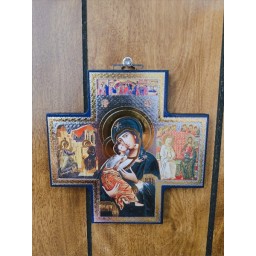
Cross Icon Mother of Tenderness
- Publisher:
- Product Code: PQ3390
- Availability: In Stock
$31.50
Qty:
−
+
